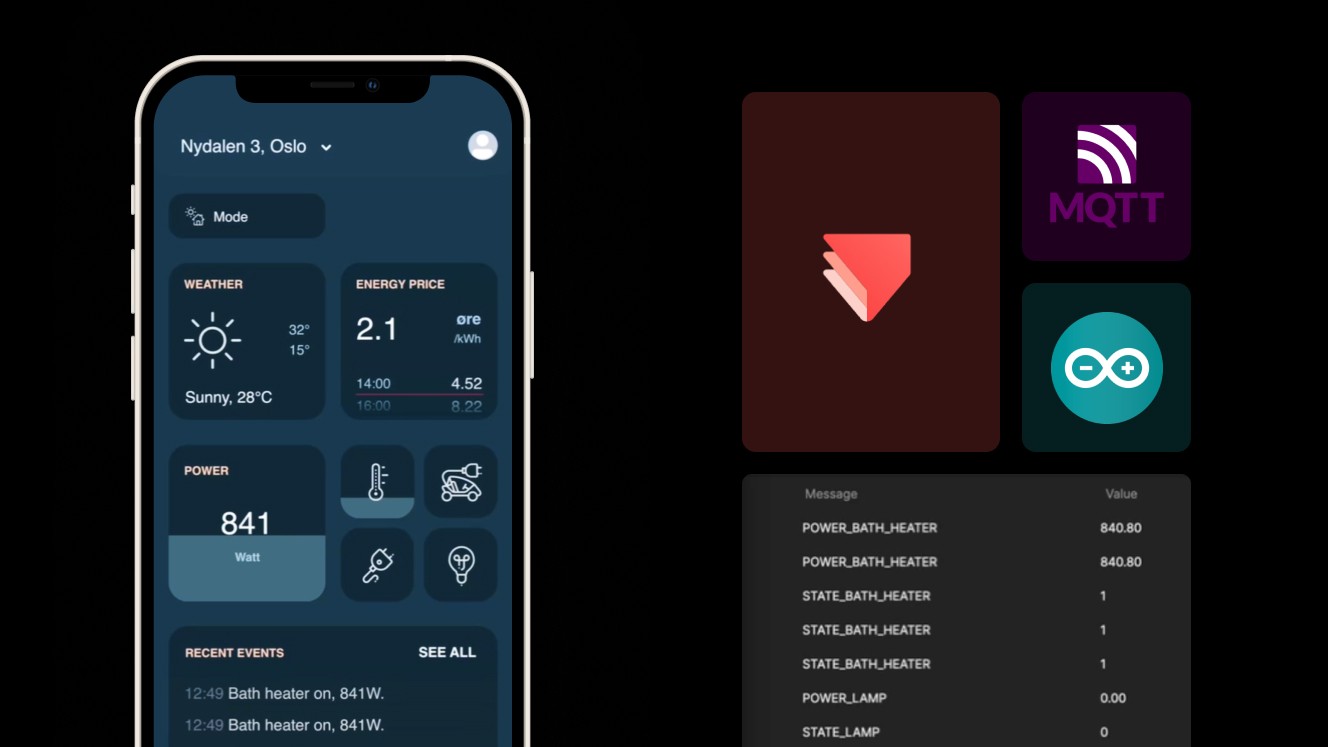Design and evaluation of a digital wearable ring and a smartphone application to help monitor and manage the effects of Raynaud’s phenomenon
Publisher:
Springer Nature: Multimedia Tools and Applications
Authors:
K. Partheniadis, M. Stavrakis
Year:
2019
This paper presents the iterative research, design and evaluation phases of a digital wearable health system for monitoring, managing and possibly assisting in preventing the effects of a chronic disease called Raynaud’s Phenomenon (RP). The wearable health system is composed of three main parts, a physical product of a smart ring, the digital infrastructure of the physical computing subsystem (hardware and software) and an accompanying smartphone application. A set of design requirements that best describe the functionality and the characteristics of wearable health systems have been selected to derive a thorough study and evaluate the design prototype. We present these along with a set of guidelines for designing wearable health systems (device products and software at the application level) with focus on usability and user experience. The purpose is to evaluate, the prototype which is based on multiple sensor inputs that acquire simultaneously several biomedical and environmental signals, the interaction techniques used and the feedback mechanisms of the smart ring and the accompanying smartphone application for logging and monitoring the progress of RP.

